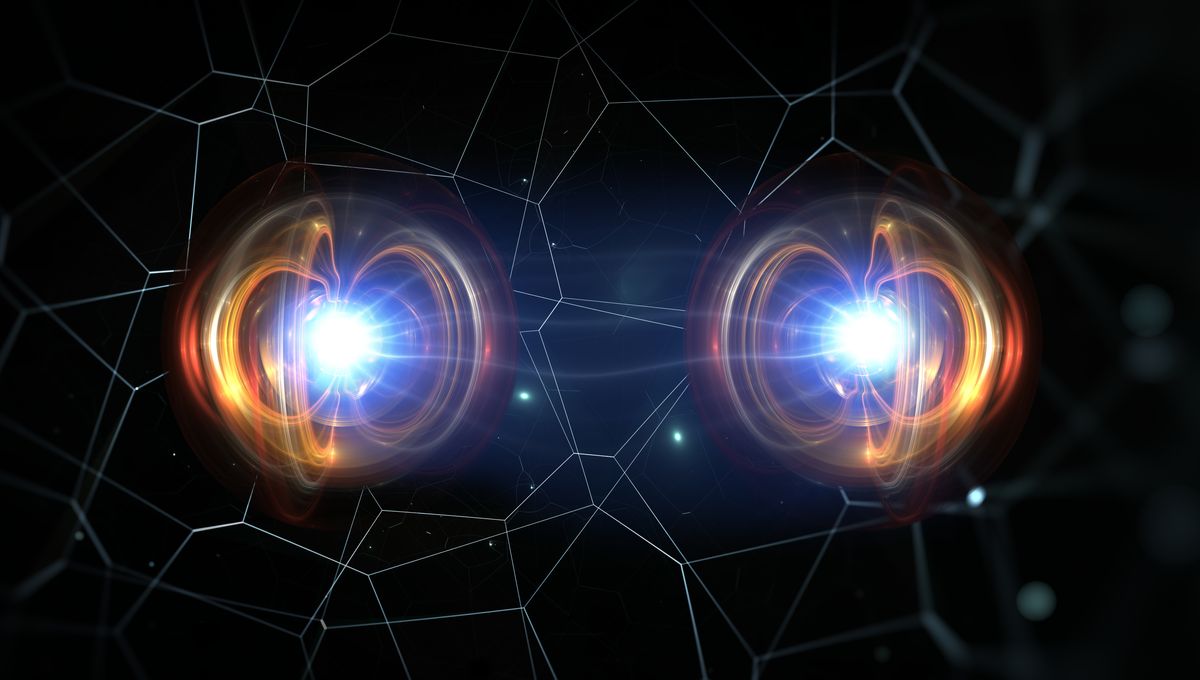
Quantum mechanics, thanks to its peculiar properties, can outcompete classical applications. But those same advantageous properties require a lot of knowledge of the quantum system in question which might not always come easily. Researchers have now developed a way to visualize the wave function of two entangled photons in real time.
They are calling it biphoton digital holography, but let’s go one step at a time. A wave function is a crucial quantity in quantum mechanics, with it scientists can understand the properties of a particular object. The objects in this case are photons the particles of light that have also been entangled. Entanglement is a peculiar state where these two photons are intrinsically linked.
Measuring one of the properties of the photon would collapse the wavefunction in a specific state, and due to entanglement, this change will be experienced instantaneously by the entangled partner no matter how far it might have gone. To understand the properties of a quantum state, many measurements are necessary and the more complex the state, the more measurements are needed.
In general, this is called quantum tomography because the states are “imaged” in sections. The team behind this research worked out a way to do this quantum tomography faster and more efficiently. They interfere a known quantum state with the one they tried to measure. This will create interference patterns. From these images, the properties of the quantum states can be understood.
And that’s where the holography part comes in. Holograms are 2D visualizations of 3D objects. So the holographic principle allows us to reduce the properties of a three-dimensional system to two dimensions. The researchers were able to use the interference pattern between the unknown quantum state and a known one, to reconstruct the unknown wave function.
But it’s not just an interesting theoretical approach. This method also relies on a camera system that can record events with nanosecond resolution on each pixel.
“This method is exponentially faster than previous techniques, requiring only minutes or seconds instead of days. Importantly, the detection time is not influenced by the system’s complexity – a solution to the long-standing scalability challenge in projective tomography,” Dr Alessio D’Errico, a postdoctoral fellow at the University of Ottawa, said in a statement.
The findings are published in Nature Photonics.
Source Link: Quantum Entangled Photons Visualized In Real Time